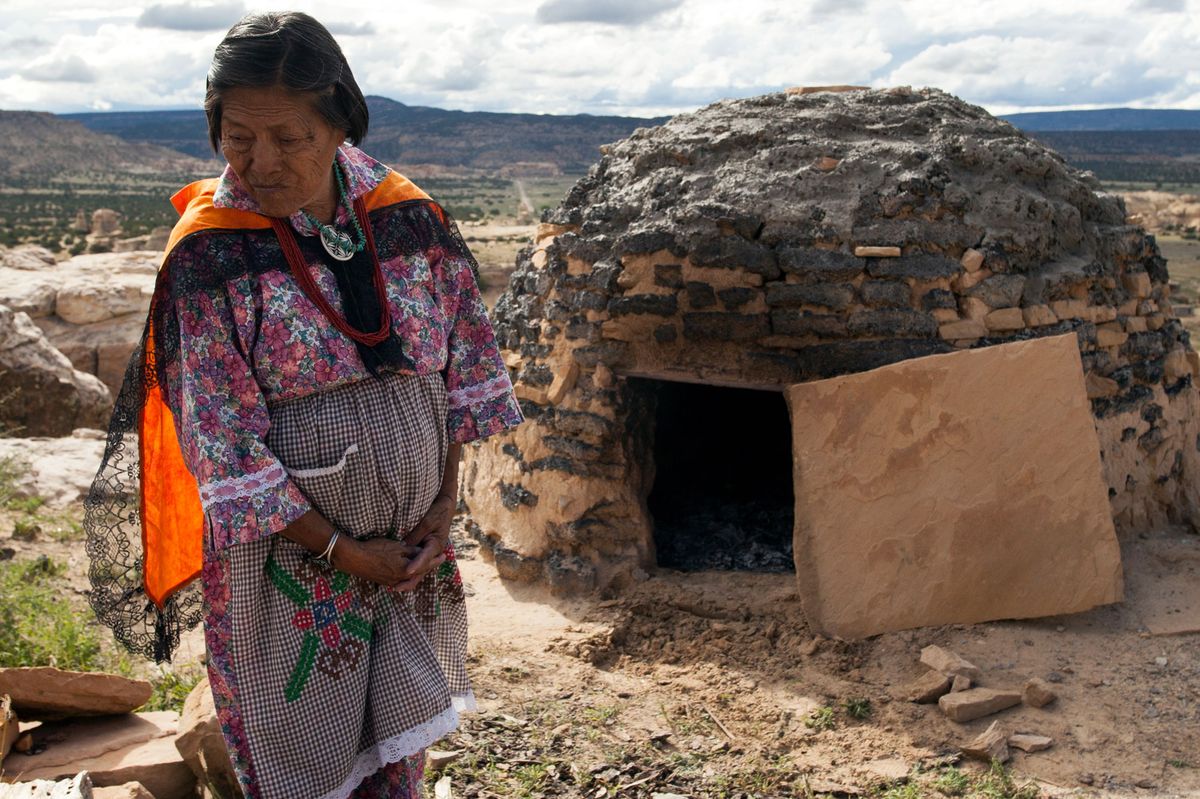Secrets Of New Mexico’s Indigenous Meeting Grounds

Have you ever wondered about the hidden gems of New Mexico? One of the most fascinating aspects of this state is its Indigenous meeting grounds. These places hold centuries of history, culture, and tradition. Imagine standing where ancient tribes gathered for ceremonies, storytelling, and trade. These sites are not just historical landmarks; they are living testaments to the rich heritage of Native American communities. Visiting these sacred grounds offers a unique glimpse into the past, providing a deeper understanding of the traditions that shaped the region. Ready to learn more about these incredible places? Let's dive into the secrets of New Mexico's Indigenous meeting grounds.
Discover the Rich History of New Mexico's Indigenous Meeting Grounds
New Mexico, with its vast landscapes and rich cultural heritage, holds many secrets. Among these are the ancient meeting grounds of its Indigenous peoples. These sites, steeped in history and tradition, offer a glimpse into the lives and practices of the original inhabitants of this land. Let's explore some of these fascinating places.
Ancient Pueblo Sites
The Pueblo people have lived in New Mexico for centuries, leaving behind impressive structures and cultural landmarks. These sites are a testament to their ingenuity and way of life.
Chaco Canyon
Chaco Canyon, located in northwestern New Mexico, was a major center of Puebloan culture. The massive stone buildings, known as Great Houses, were used for ceremonies, trade, and governance. The intricate road system connecting Chaco to other sites highlights its importance as a hub of activity.Taos Pueblo
Taos Pueblo, a UNESCO World Heritage site, has been continuously inhabited for over 1,000 years. The multi-storied adobe buildings are a striking example of traditional Pueblo architecture. Visitors can learn about the Taos people's customs and traditions, which have been preserved through generations.Bandelier National Monument
Bandelier National Monument features cliff dwellings and masonry structures built by the Ancestral Puebloans. The site offers hiking trails that lead to ancient homes, kivas (ceremonial rooms), and petroglyphs, providing insight into the daily lives of its former residents.
Sacred Ceremonial Sites
These sacred sites were used for spiritual practices and ceremonies, playing a crucial role in the cultural and religious life of Indigenous communities.
Kasha-Katuwe Tent Rocks
The Kasha-Katuwe Tent Rocks National Monument is known for its unique geological formations. The area also holds spiritual significance for the Cochiti Pueblo people. The cone-shaped rock formations and narrow canyons create a serene environment for reflection and connection with nature.Zuni Salt Lake
Zuni Salt Lake, also known as Zuni Heaven, is a sacred site for the Zuni people. The lake is believed to be the home of the Salt Mother, a deity who provides salt, an essential resource. Pilgrimages to the lake are made to honor her and collect salt for ceremonial use.Shiprock
Shiprock, a towering volcanic formation, is sacred to the Navajo Nation. Known as "Tsé Bitʼaʼí" or "rock with wings," it is believed to be the remains of a giant bird that carried the Navajo to their homeland. The site is off-limits to climbers, respecting its spiritual significance.
Cultural Preservation Centers
These centers play a vital role in preserving and sharing the rich cultural heritage of New Mexico's Indigenous peoples.
Indian Pueblo Cultural Center
Located in Albuquerque, the Indian Pueblo Cultural Center is dedicated to preserving and promoting Pueblo culture. The center features exhibits on Pueblo history, art, and traditions, as well as hosting cultural events and dances.Museum of Indian Arts & Culture
Situated in Santa Fe, this museum showcases the art, history, and culture of the Native peoples of the Southwest. The exhibits include pottery, textiles, jewelry, and other artifacts that tell the story of the region's Indigenous communities.Acoma Sky City
Acoma Sky City, perched atop a mesa, is one of the oldest continuously inhabited communities in North America. The Acoma people offer guided tours of their village, sharing their history, traditions, and the significance of their ancestral lands.
Natural Landmarks with Indigenous Significance
These natural landmarks hold deep cultural and spiritual meaning for New Mexico's Indigenous peoples.
Bisti/De-Na-Zin Wilderness
This remote wilderness area features otherworldly rock formations and petrified wood. The Navajo people regard it as a sacred place, with stories and legends tied to its unique landscape.Jemez Springs
Jemez Springs, located in the Jemez Mountains, is known for its hot springs and stunning scenery. The area is sacred to the Jemez Pueblo people, who have used the springs for healing and spiritual practices for centuries.El Malpais National Monument
El Malpais, meaning "the badlands," is a rugged landscape of lava flows, cinder cones, and sandstone bluffs. The area holds cultural significance for the Zuni, Acoma, and other Puebloan peoples, with many archaeological sites and petroglyphs scattered throughout.
New Mexico's Indigenous meeting grounds offer a rich tapestry of history, culture, and spirituality. Exploring these sites provides a deeper understanding of the land's original inhabitants and their enduring legacy.
Embracing New Mexico's Indigenous Heritage
New Mexico's indigenous meeting grounds offer a unique glimpse into the rich history and culture of Native American tribes. Visiting these sacred sites, like Chaco Canyon and Taos Pueblo, provides a deeper understanding of their traditions, architecture, and way of life. Exploring these places fosters respect for the land and its original inhabitants.
Whether you're hiking ancient trails or attending cultural festivals, the experience is both educational and inspiring. Remember to approach these sites with reverence and respect, as they hold significant meaning for the indigenous communities.
By immersing yourself in New Mexico's indigenous heritage, you not only enrich your travel experience but also contribute to the preservation of these important cultural landmarks. So next time you plan a trip, consider the profound stories and history waiting to be discovered in New Mexico's indigenous meeting grounds.

